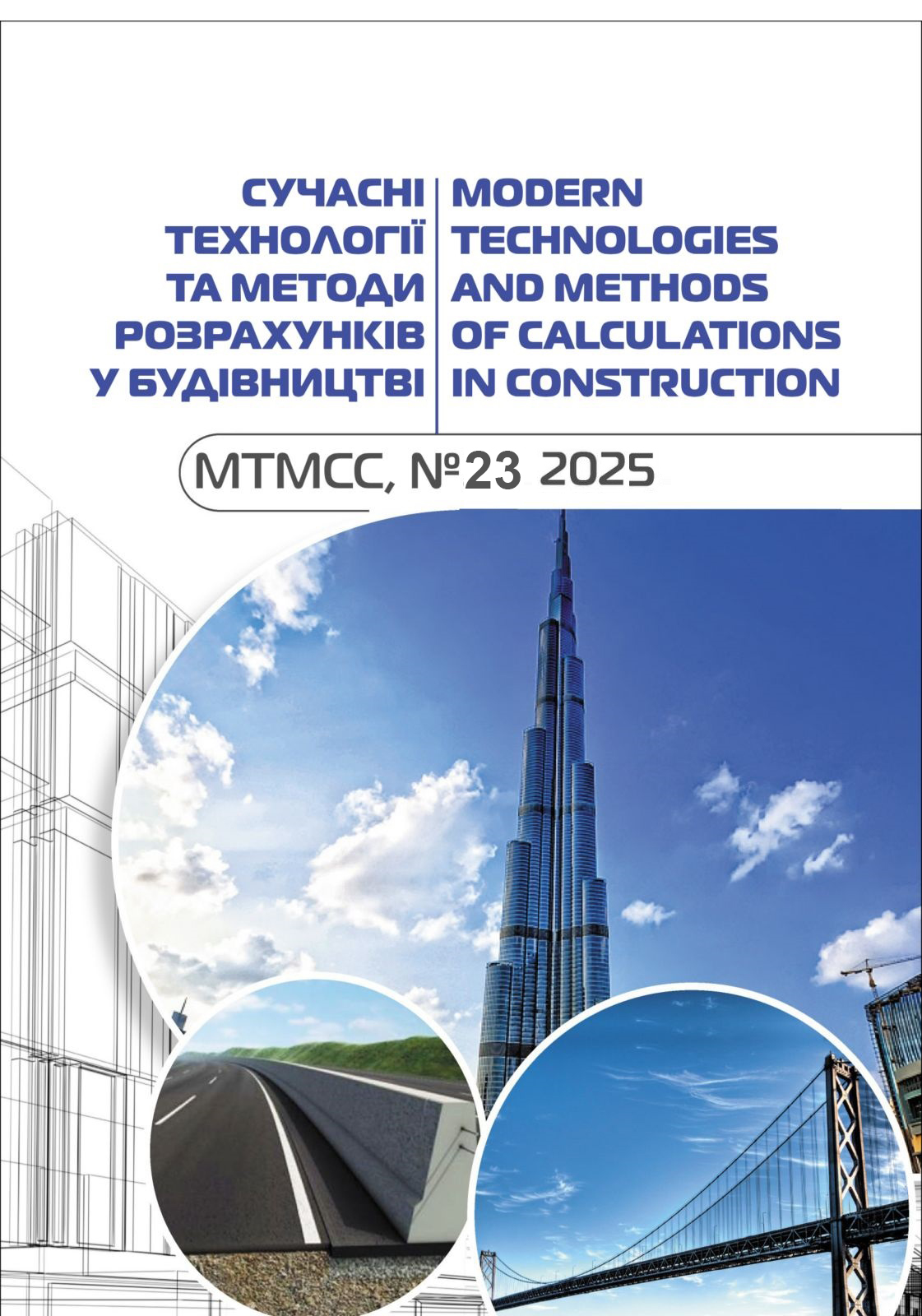Оцінка властивостей крупних заповнювачів із дроблених гірських порід західного регіону України для виготовлення бетонних сумішей
DOI:
https://doi.org/10.36910/6775-2410-6208-2025-13(23)-09Keywords:
aggregate, crushed stone, gravel, building material, granite, concreteAbstract
The article investigates the physical and mechanical properties of coarse aggregates obtained by crushing sedimentary and igneous rocks, which are widely used in the construction industry in the western region of Ukraine. Key parameters such as density, porosity, compressive and split strength, grain size distribution, clay and dusty particles, and grain shape, which have a critical impact on the quality of concrete mixtures, were evaluated. The study examined five types of aggregates of different mineralogical origin, including granite, gravel, sandstone, and andesite materials. It turned out that their physical and mechanical properties depend not only on the mineralogical composition, but also on the conditions of formation, mining methods, and technological processing. A comparative analysis showed that granite crushed stone generally demonstrates better physical and mechanical characteristics, including high strength, low content of harmful impurities, and optimal grain size distribution, which ensures an even distribution of stresses in concrete and contributes to the durability of structures. At the same time, other types of aggregates can be competitive due to their economic feasibility and availability, making them an effective alternative for different classes of concrete depending on project requirements. The study also takes into account the environmental aspects of using local raw materials, which helps to reduce the carbon footprint of construction by reducing logistics costs and rationalizing the use of natural resources. In addition, the possibilities of increasing the efficiency of aggregates by modifying them, in particular the use of surface treatments to improve adhesion to cement stone, are considered. The results presented are of practical importance for optimizing the composition of concrete mixtures, developing regulatory requirements for the quality of aggregates, and improving the manufacturability of concrete structures. The findings can be used by design organizations, concrete product manufacturers, and construction companies to improve production efficiency, ensure the durability of construction projects, and reduce the environmental impact of the construction industry.


